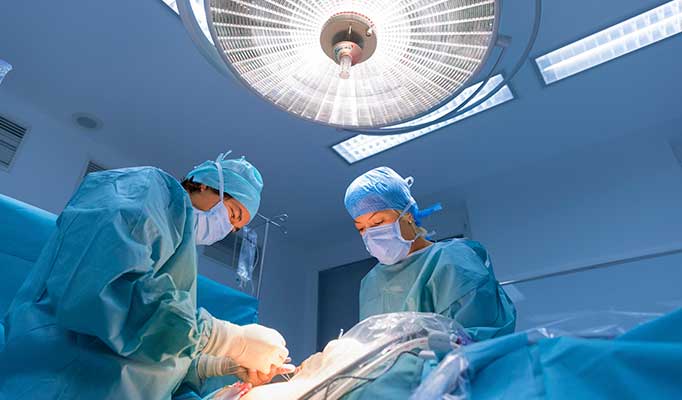After a mastectomy, almost 40% of women choose breast reconstruction, with both autologous and prosthetic options possible, according to a report in the Journal of the American Medical Association detailing current practices in breast reconstructions.
Mastectomies are not the only indication for breast reconstruction, as lumpectomies and radiation can also deform the breast. The authors of the report described tissue rearrangement as an option in this case, with healthy breast tissue used to reform the shape of the breast.
Patients often prefer reconstruction immediately upon mastectomy to avoid extra surgeries. If radiation is also required, the authors recommended autologous reconstruction after radiation due to the high rate of failed reconstructions with radiation (from 14% to 50%). Autologous reconstruction is also less likely to be associated with complications after radiation than prosthetic reconstruction is.
Autologous breast reconstruction requires longer surgery and recovery times than prosthetic breast reconstruction does, but it utilizes tissue from elsewhere in the patient’s body, thus avoiding use of implants. Patients often wish to use tissue from the abdominal region as this may have a desired effect on abdominal shape.
Prosthetic breast reconstruction is more common, with women opting for this at a ratio of almost 10:1 over autologous reconstruction due to the simpler surgery and recovery and greater availability of surgeons who can perform prosthetic reconstruction.
Concern about the safety of implants is common, and the authors noted a possible connection between textured implants shells and anaplastic large-cell lymphoma, although smooth implants (and autologous reconstruction) have not been reported to have this association.
The authors recommended that patients make decisions about reconstruction themselves, but that they be informed of the various options available, including receiving advice from an appropriate plastic surgeon.
Reference
- Lee GK, Sheckter CC. Breast reconstruction following breast cancer treatment — 2018. JAMA. 2018;320:1277-1278.
